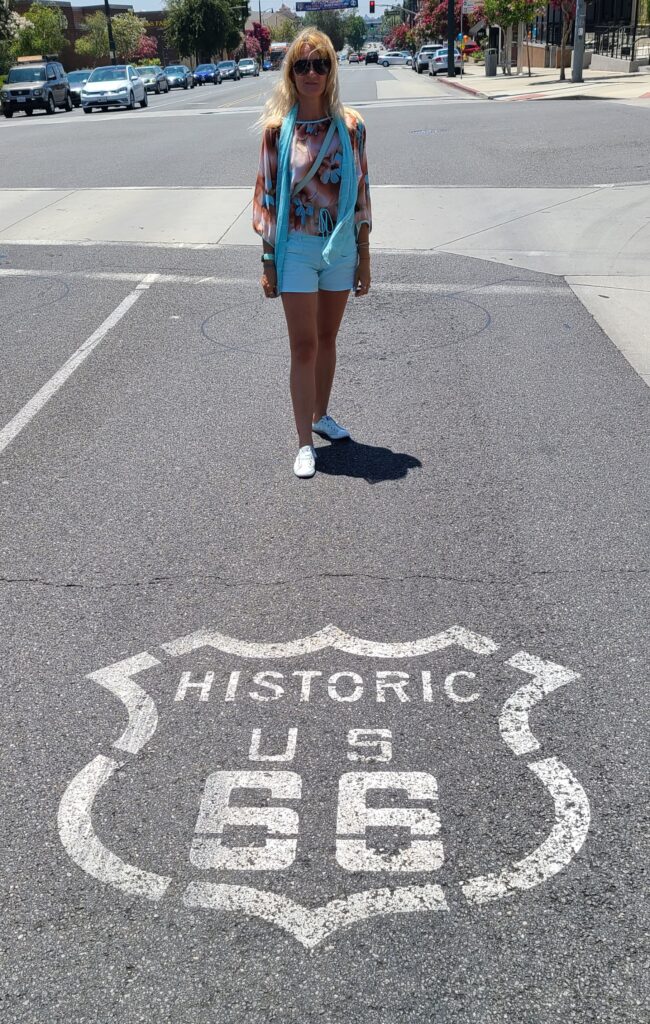Discovering the world / Odkrywając świat, Interesting facts / Ciekawostki, Traveler's guide / Podróznicze porady
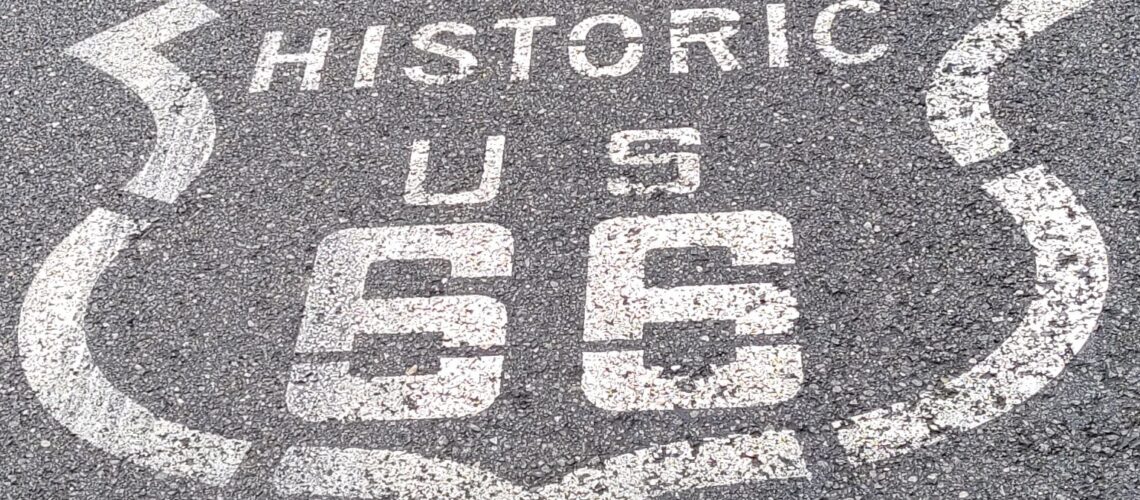
March 27, 2023
Route 66 – part 1: a brief history of a legendary road
US Route 66, also called US 66 or Route 66 and known as the Will Rogers Highway, Main Street of America or Mother Road, was one of the original highways of the American road system. It dates back to November 11, 1926, when the name was officially approved by the Bureau of Public Roads, and traffic signals were erected the following year. Route 66, which soon became one of the most famous roads in the United States. It originally began in Chicago, Illinois, crossing Missouri, Kansas, Oklahoma, Texas, New Mexico and Arizona, and then concluded in Santa Monica in Los Angeles County, California. It adds up to a total of 2448 miles (about 3940 km).
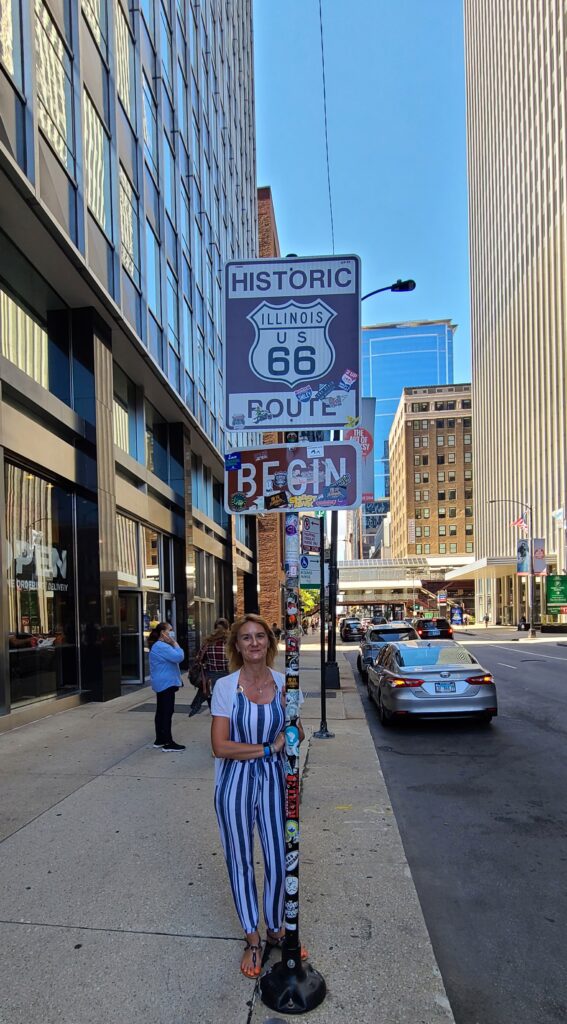
It did not take long for Route 66 to make its way into pop culture as well. Just think of the iconic song (Get Your Kicks on) Route 66, the 1960s television series Route 66, or the novel The Grapes of Wrath, written in 1939 by John Steinbeck, in which a family from Oklahoma makes a journey along the Mother Road in search of redemption from the severe hardships of the Great Depression. Route 66 served as the main road for all those seeking to move West, particularly during the Dust Bowl in the 1930s, and, given the growing popularity of the road, many businesses and commercial activities soon sprang up there.
Over the years, Route 66 underwent many changes, detours, and maintenance operations, so that identifying the original route today is not an easy task, and it was officially removed from the U.S. Highway System in 1985 when more modern highways were built. Despite its removal, Route 66 was never forgotten and it became a symbol of road trips across America.
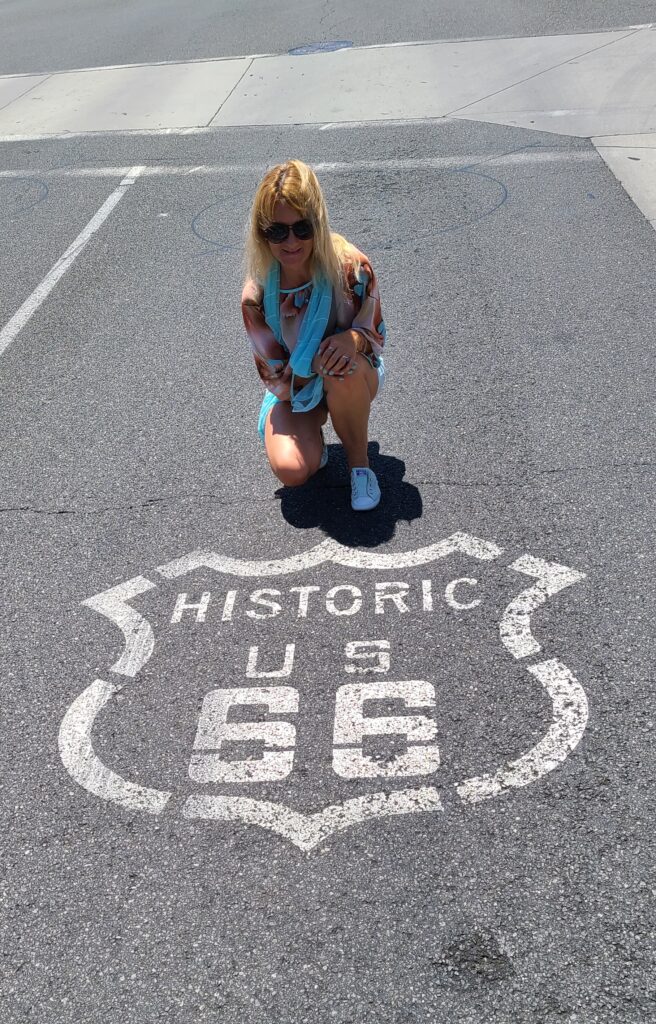
It is hard to explain why Route 66 has captured the imagination of so many and continues to fascinate people to this day. Traveling on Route 66 is a bit like traveling back in time. There are so many signs of a bygone era, of an America far from the big cities and large retail chains. Here family-run diners abound, and you find quaint motels with flashy neon signs, 1950s drive-ins, old gas pumps, bizarre advertising signs, history, natural beauty, souvenirs, and kitsch memorabilia.
Route 66 is certainly the most famous American road ever; famous writers, singers and Hollywood movies have contributed to its fame and to celebrate it. Its legend has continued to grow and this has allowed it to resist the passing of the years, keeping all its charm intact.
Today, for the many people who travel there from all corners of the world, more than a simple road to reach a destination, it represents a real journey through time to rediscover the United States. Let’s discover the history of Route 66.
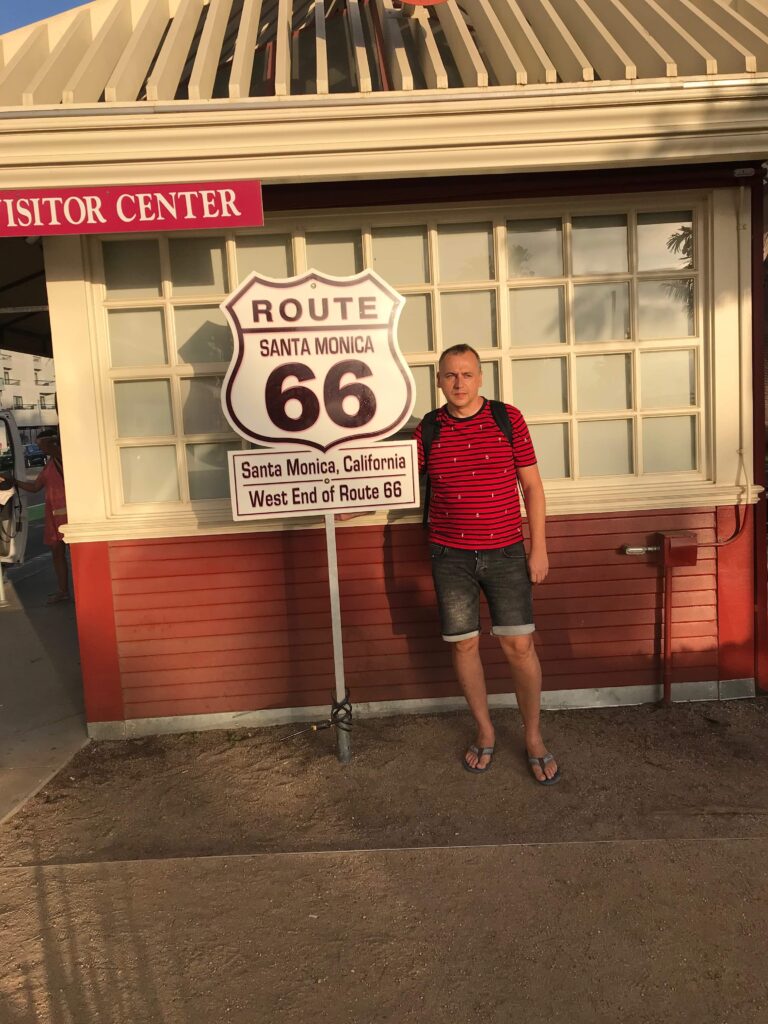
History and timeline of Route 66
In the early years of the twentieth century, America was crisscrossed by a poorly maintained, disorganized road network that varied greatly from state to state. In 1924, the first thoughts were given to a system that could reorganize the existing roads, to make them more consistent with the growing needs of a nation more and more on the move.
At the same time that new roads were being built, a system for naming them had to be found, and so on November 11, 1926, the name Route 66 was officially approved by the Bureau of Public Roads.
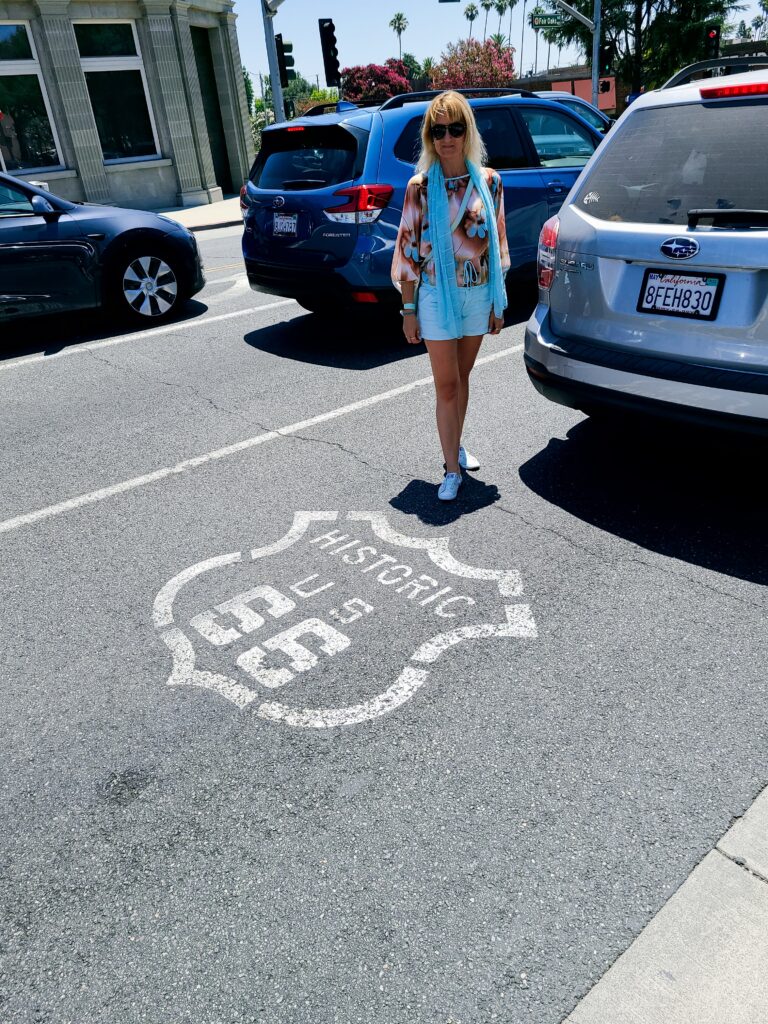
Route 66: origins of fame
It is during the years of the Great Depression that the road began to become famous, as it became one of the most used communication routes by those who moved west in search of fortune. Along Route 66 there were many stories and experiences that were told and made immortal by John Steinbeck in his novel The Grapes of Wrath, one of his greatest successes. It is to Steinbeck that we owe the best-known nickname of Route 66, the Mother Road, a name that for many represented what they were looking for while traveling along it: safety and hope.

Progress and decay
During World War II, the road became increasingly used due to the United States’ military needs and the traffic intensified so much that for the first time in Washington, they began to think of a solution that would make it easier to move across the States.
These were the years of the immediate post-war period, which definitively sanctioned the fame of the Mother Road. The song (Get your Kicks) ok Route 66, initially interpreted by Bobby Troup and then taken up by numerous artists including Chuck Berry, the Rolling Stones and Nat King Cole was even dedicated to it.
Many businesses such as motels, gas stations, drive-ins and tourist traps were also founded and developed along the route in this period. They made neon lighting their trademark, making them immediately recognizable, even today. Route 66’s fame was also confirmed and increased by a television series of the same name that began airing in the early 1960s.
Although the legend continued to grow in popular culture in the mid-1950s, Route 66 began to experience a decline, culminating in the late 1960s, when the construction of multi-lane Interstates, which in many cases ran parallel to the “old” road, was completed. These major communication arteries became necessary, as mentioned, to facilitate the movement of a nation that was discovering itself to be increasingly in a flurry of movement and, above all, increasingly motorized.
Just when Route 66 was about to become only a pale memory of years gone by, many people worked hard to try to preserve it through initiatives of all kinds and thanks to their work, today anyone can be part of its history.
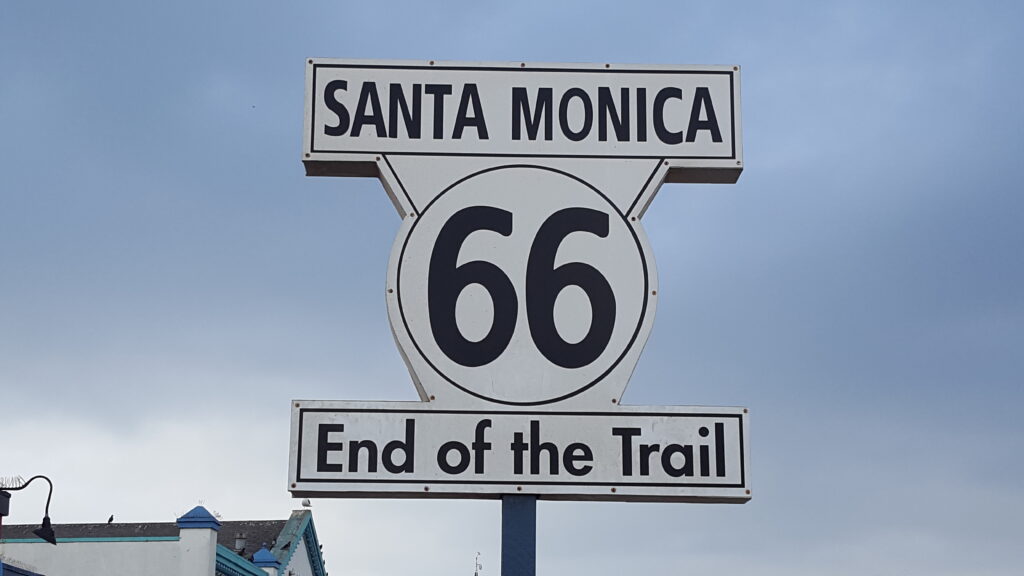
Route 66 today
Even though there are still large stretches of the original route, at least officially Route 66 no longer exists. In fact, on some road maps, you won’t even see it indicated as a new numbering system has replaced the old one. What was Route 66 is now essentially a discontinuous mix of original roads, later modifications, overlaps with Interstates, and sections that are now no more than trails or even abandoned altogether.
Don’t let this discourage you, however, because locating the route of the Mother Road is not at all impossible. It is within everyone’s reach and we guarantee that it will give you immense satisfaction. More than eighty percent of the original route can still easily be driven on and using the guides that we will publish, we will try to give you as much information as possible to help you plan your trip.
